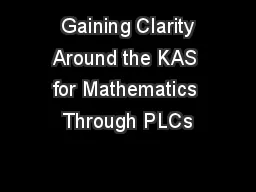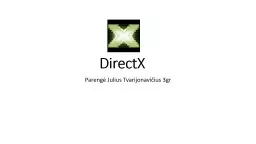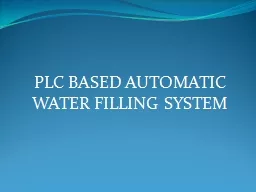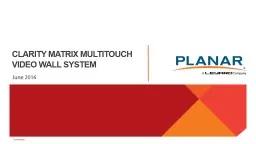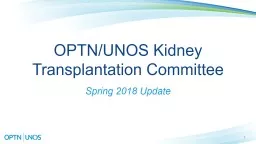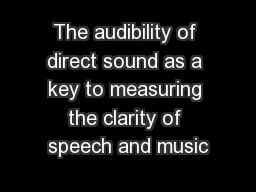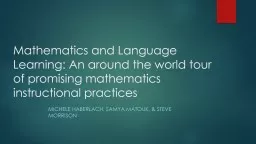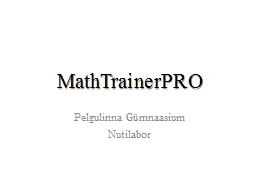PPT-Gaining Clarity Around the KAS for Mathematics Through PLCs
Author : celsa-spraggs | Published Date : 2020-04-05
Erin Chavez Maggie Doyle 2 Today we will Explore the Breaking Down a Standard resource through the lens of how this resource can strengthen the connection between
Presentation Embed Code
Download Presentation
Download Presentation The PPT/PDF document " Gaining Clarity Around the KAS for Math..." is the property of its rightful owner. Permission is granted to download and print the materials on this website for personal, non-commercial use only, and to display it on your personal computer provided you do not modify the materials and that you retain all copyright notices contained in the materials. By downloading content from our website, you accept the terms of this agreement.
Gaining Clarity Around the KAS for Mathematics Through PLCs: Transcript
Download Rules Of Document
" Gaining Clarity Around the KAS for Mathematics Through PLCs"The content belongs to its owner. You may download and print it for personal use, without modification, and keep all copyright notices. By downloading, you agree to these terms.
Related Documents

